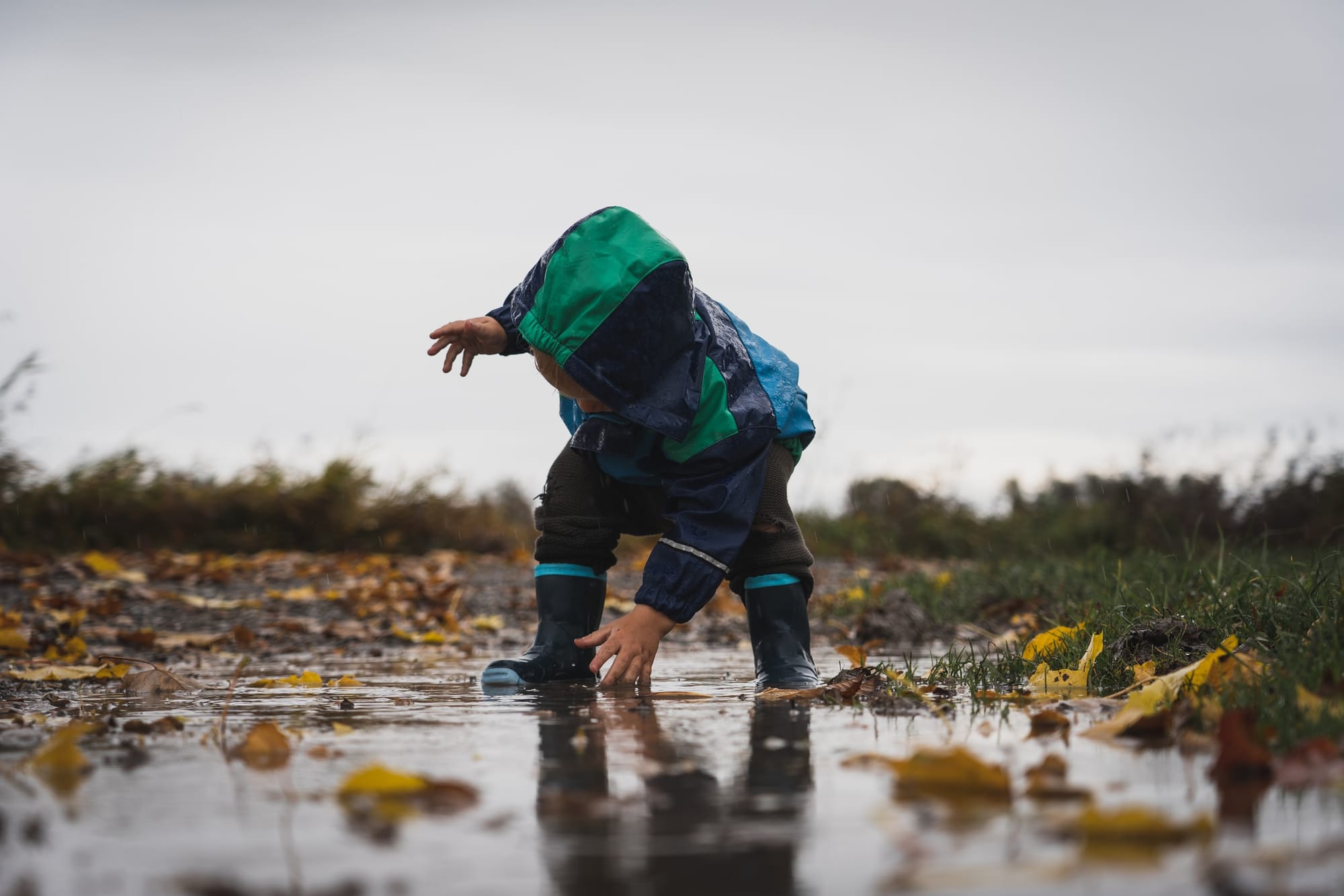Teaching Kids to Care for the Environment

Kids love nature. Most are eager to go experience the outdoors. Playing in the woods, on a beach or in the snow they jump at the chance to be in the outdoors. How can parents use that innate love of nature to encourage a commitment to care for the planet? Creating a meaningful connection between the environment and their own personal actions is a good way to start. Studies have shown that children today are more anxious, more distracted, and less healthy than the last generation. It may be hard to believe but the average child spends more than seven hours a day in front of a glowing screen and less than 20 minutes in active outdoor play! At the same time, there is mounting evidence that exposure to nature while growing up reduces stress, improves physical and mental health, stimulates creativity, builds self-esteem, and encourages co-operation, collaboration, and self-regulation. The work of Joy Palmer, an environmental educational researcher, found that regular exposure to nature is the single most important factor in fostering care and concern for the environment.

Conserve water When brushing teeth, turn off the water. Teach children about water-saver gardening through plant selection. Show them how to water a lawn and garden properly. Take shorter showers

Flick the switch Encourage kids to learn to turn things off when not in use, especially personal computers and electronics, which consume a lot of energy! With so many things to do, it is so easy to forget to turn something off. Finally, try turning off the air conditioner if the summer is not too hot.

Practice doing more with less. This implies enjoying the things you already have, repairing instead of replacing, and reusing items for multiple uses. This also teaches kids how to be creative!

Close the door Keep doors to the outside closed so you will not let air conditioning or heat escape. Don’t leave the refrigerator door open for too long while deciding what to eat.

Start a Garden Start simple, with window-box herbs. In addition, dedicate a section of your backyard to grow broccoli, lettuce, tomatoes, and much more. Involve the kids in cooking the harvest.

Plant a Tree Plant a tree together and teach them all about the many ways trees benefit our environment.

Exercise the senses everyday
Be an explorer in your local green spaces and parks. Turn over rocks and logs to see what lives underneath. Watch ants to see where they go.

Avoid disposables Use recyclable containers when packing lunchboxes. Use cloth napkins with dinner.

Recycle Not all plastics are created equal, and recycling takes some degree of effort. Teach kids how to read the packaging to determine recyclability. The good thing is that if this awareness is created early in life and turned into a habit, recycling becomes a breeze! Have kids put old homework in the paper bin & yogurt containers in the plastic bin. “Complete the circle” by buying products made with recycled ingredients such as paper.

Celebrate seasons
Find simple ways to recognize and enjoy the change of each season.

Reuse Clean out jam or jelly jars and reuse them as drinking glasses. Use empty paper towel rolls in your kids’ next art project. Turn empty plastic containers with tight-fitting lids into under-sink compost bins.

Offer a creative ways to spend time outdoors
Develop art projects using natural materials. Build an outdoor play shelter with found materials.

Collect rainwater
Teach your kids about rainwater harvesting. Collect rain in large tubs and use it to water plants.

Compost
Teach kids what can and cannot be used for garden compost. Have them the kids sort the food waste. Show them the compost process as it happens. Let them use the fertilizer in their window boxes and garden.

Walk or bike
Lead by example: Not all trips needs to be taken by car. Go for walks together as a family after dinner. And, when kids get older, let them walk or take a bike to school, to friends’ houses or to the store.

Use paper on both sides and make use of scrap paper
With the abundance of personal printers, this becomes very important. Young kids love to doodle; establish the habit of using the other side of printed-paper.

Collect old books for a book drive
Take all the old books and donate to a school or library. They will stay out of the landfill.

Invent new things from old things
Imagination is your most powerful tool, and you can put it to work coming up with new uses for old items. Use toilet paper rolls taped together with paper on the bottom to help keep your crayons sorted.

Host a neighborhood clean-up competition or Take a trash walk
Keep a little trash bag by the door and grab it when you head out for a walk. This way, if you see a piece of litter you can pick it up and put it in your bag. Picking up trash at your neighborhood park or on your street takes just a few minutes, but it can have a huge positive effect, says Leslie Fischer, eco-living expert and blogger at Sustainable Slumber. Plus, once your friends see you having fun and helping, they will want to join in, too. Make it a competition to see who can pick up the most garbage.

Go “fishing” for trash
Many people will see a piece of garbage in a park and pick it up, but not as many people pay attention to what’s floating in rivers, streams, ponds, lakes, and the ocean. Some people even throw their garbage into the water thinking it will magically disappear. Take a few minutes the next time you visit your favorite beach or riverbank to pick up garbage in and around the water. Lara Croft, senior veterinarian at SeaWorld Orlando. “Debris in our waterways can be mistaken as food and poison certain marine life and can cause other animals to get tangled up,” she says.
Inspire awareness of environmental issues can be fun for the entire family. And remember, a happy earth means healthy kids.
